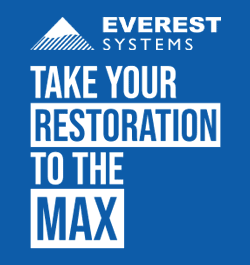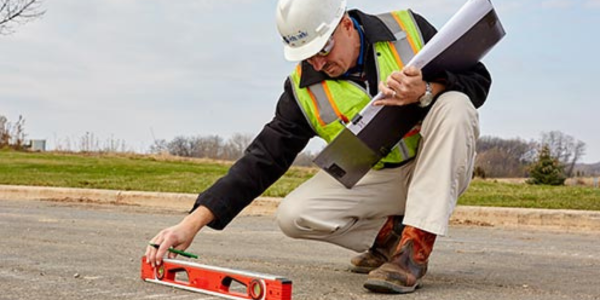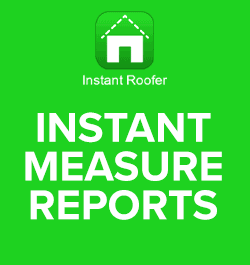The Economics of Safety

By John Kenney, Cotney Consulting Group.
This article will look at the economic aspects of safety in roofing, including costs, benefits, return on investment (ROI), investment optimization, and evaluation.
Although efforts have been made to improve safety, many barriers remain, and those influenced by economic considerations are particularly dominant. The dynamic characteristics of the industry and the continuing growth demand compel contractors to rely on untrained labor and subcontractors. The expanding use of subcontractors has the potential to intensify safety risks. Limited financial capability is also one main barrier to implementing safety measures, particularly for small contractors. These factors eventually lead to long work hours, low concern for safety, and shortcuts in roofing safety practices. As a result, safety investments have been considered expensive but necessary only to avoid costly OSHA fines. The decision-making mindset that investments made for safety improvement are perceived as non-return or low return by management is costly. Let's look at the cost versus benefits of investment in safety management to demonstrate the valuation of investing in safety by optimizing your safety investment model and a safety investment evaluation framework.
According to the U.S. Bureau of Labor Statistics (BLS), the roofing industry records about 50 deaths per 100,000 workers annually, making it one of the most dangerous jobs in the construction industry. Falls remain the leading cause of fatal and non-fatal injuries in the roofing industry.
Direct costs
The average cost to a roofing company when an employee falls from an elevation is approximately $147,000 per injured employee and costs insured roofers $75 million annually. National Council on Compensation Insurance and OSHA performed the last study on this subject back in 2007, but we converted those costs into 2022 dollars for our discussion. From October 2019 through September 2020, OSHA assessed penalties in the construction industry amounting to $71 million. Over half was due to just three categories of violations that contribute to falls.
Direct costs include worker's compensation costs, damage to buildings or equipment, production loss of the injured worker, fines and legal expenses, sick pay, and an increase in insurance premiums.
To better understand, we can separate these costs into two categories.
Financial costs of roofing accidents
- Incurred costs from injured persons
- Costs from workers inefficiencies who have just recovered from injury and resumed work
- Incurred costs due to medical expenses
- Loss of productivity of other employees
- Loss due to damaged equipment or buildings
- Incurred costs from damaged materials or finished work
- Other unforeseen costs
Human pain and suffering costs of roofing accidents
- Employees compensation claims
- Loss of earnings
- Loss of earning capacity
- Medical and miscellaneous expenses
- Pain, suffering, and loss of amenities
- Other claims
- Funeral expenses, bereavement, etc.
Indirect costs
These include items such as production delays, business loss due to delays, the recruitment and training of replacement staff, reputation loss, accident investigation time and any subsequent remedial action required, administration time, and lower morale
Benefits of investment in safety
There are obvious tangible benefits of focusing on safety. An accident can have a very high price, forcing an organization to shut down. The reduced rate of accidents will automatically reduce the costs incurred due to accidents.
Fewer accidents also mean fewer interruptions to the production process, allowing project personnel to concentrate on essential aspects of the project, such as meeting project objectives and increase profit.
Safety is a social and moral responsibility. It is the right of every employee to go home safely every day. Your organization's reputation is at stake when you do not implement proper measures to protect the safety and well-being of your employees, which will affect your future opportunities.
Accidents also reduce workers' morale, while, on the contrary, accident prevention programs strengthen confidence, improve productivity and promote job satisfaction. Furthermore, a good safety record and a proven safety management system are valuable marketing tools to attract new clients and support business expansion.
These tangible and intangible benefits will eventually contribute positively to your company's financial health and survivability.
Some benefits are unquantifiable but contribute to your employee and company's success. Examples include:
- Increase the Companys innovativeness
- Ability to maintain the quality of your workforce
- Improvement in safety knowledge
- Improvement in the transfer of information and change of attitude towards safety
Return on investment in safety management
One way to objectively assess the economic benefits of safety is by measuring its ROI. Three sets of data are required to determine the ROI in safety management in a roofing business. First, the employer and worker bear the costs of construction accidents. Second, measure the total investment in safety in your company. Safety investment often refers to the costs of accident prevention activities. These can be classified into the following main categories.
- Safety staffing costs
- Safety training costs
- Safety equipment costs
- Costs of new technologies or methods for safety
- Safety committee costs
- Safety promotion and incentive costs
Third, the benefits, represented by the saving from the reduced number of accidents, as determined by the comparison between the organization's safety performance and the roofing industry average, should be measured. The difference between safety performance in the company and the industry average can be considered the savings or gain from safety investments.
Commitment from roofing contractors is needed to improve safety in the industry. Safety should be integrated into strategic business decisions. We have discussed the evidence of the economic benefits of investing in safety by demonstrating that safety is the 'right thing' to do and profitable. Safety investment is not where you generate revenue, but it does generate profit by reducing safety risks and, subsequently, the potential for loss.
About John Kenney
John Kenney is the Chief Executive Officer at Cotney Consulting Group. Prior to starting Cotney, John had 45 years of experience in the construction industry. John began his career by working as a roofing apprentice at a family business in the Northeast. Because of his skill and hard work, he progressed from roofing laborer to foreman, estimator, chief estimator, Vice President, and Chief Operating Officer with his various companies. John has worked for multiple Top 100 Roofing Contractors and is intimately familiar with all aspects of roofing production, estimating, and operations. In his last role, John was responsible for the daily operations and performance of a large commercial roofing contractor. During his tenure, John ran business units associated with delivering excellent workmanship and unparalleled customer service while ensuring healthy net profits for his company.






















Comments
Leave a Reply
Have an account? Login to leave a comment!
Sign In